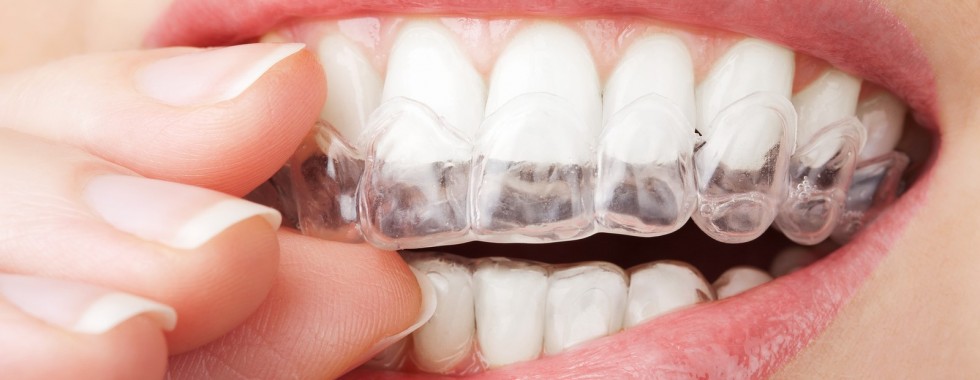Minneapolis, MN – The term malocclusion refers to a problem with the alignment of the teeth and jaw. It’s an all-encompassing term that can refer to several different orthodontic issues. When seeing an orthodontist for orthodontic treatment, it’s important to understand the unique problem you might have, so you can understand the treatment options presented.
“There are different types of malocclusions, and we then classify those into classes,” says Minneapolis/St. Paul Invisalign provider. “Dr. Edward Angle, who is known as the father of orthodontics, first introduced malocclusions classes in 1890, and we’ve been following his guidelines ever since. When we are checking for a malocclusion, we are looking to see how the upper and lower teeth fit together, and making sure the jaw is in the correct position.”
Malocclusion classes
- Class I malocclusion happens when the upper and lower molars are in the proper position, but there may be spacing or crowding issues. This is the most common class and the majority of orthodontic patients will fall into this category.
- Class II malocclusions have an issue with jaw growth that results in a large overjet because the lower jaw is too small. An overjet is also referred to as an overbite. A small overjet is normal, however anything more than 3mm is considered not within the normal range and will require treatment to correct.
- Class III malocclusions are underbites, which occur when the lower jaw is larger than the upper jaw, resulting in the lower teeth protruding over the top front teeth. The upper and lower molars will not fit correctly together, leading to a cross bite. This is the most difficult malocclusion to correct.
Once your orthodontist determines the class of malocclusion you have, he or she will further investigate the cause of the malocclusion. There are a number of possible conditions that could be leading to your poor bite.
- Spacing and crowding issues occur when there is too little or too much room between teeth. If your mouth is crowded, it can cause issues when the permanent teeth erupt, causing them to erupt in the wrong locations.
- Overjet occurs when the upper teeth are pushed out, resulting in buck teeth. This can sometimes be caused by extended pacifier use or thumb sucking, which can push the teeth forward and even change the shape of the roof of the mouth.
- Open bites refer to bites that don’t overlap, leaving an opening in the smile. The molars will fit together, but the front teeth do not overlap.
- Crossbites occur when the upper teeth do not fit properly into their correct corresponding lower teeth.
- Transposition refers to a tooth erupting in the wrong location, taking the place of another tooth.
- Overbites occur when the upper front teeth cover too much of the lower bottom teeth. In some cases, the overbite may be so severe that the lower teeth bite into the roof of the mouth.
- Rotation refers to a tooth being turned out of its normal position.
- An underbite occurs when the lower front teeth cover the upper front teeth when biting down.
Once your orthodontist diagnoses your specific issue, he or she can determine the best treatment plan to correct your issue. The goal of orthodontic treatment is to provide a smile that is not only beautiful, but functional.
Malocclusions can lead to improper wear of teeth, which can lead to chipping and breaking. If your teeth are crowded and crooked, they can be more difficult to clean, which can lead to tooth decay and gum disease.
If you believe you may have one of the issues discussed above, schedule a consultation with an ORTHODONTIST today and discover the power of Invisalign and orthodontics.
© 2017 Millionairium and Smile Lab. Authorization to post is granted, with the stipulation that Millionairium and Smile Lab are credited as sole source. Linking to other sites from this document is strictly prohibited, with the exception of herein imbedded links

